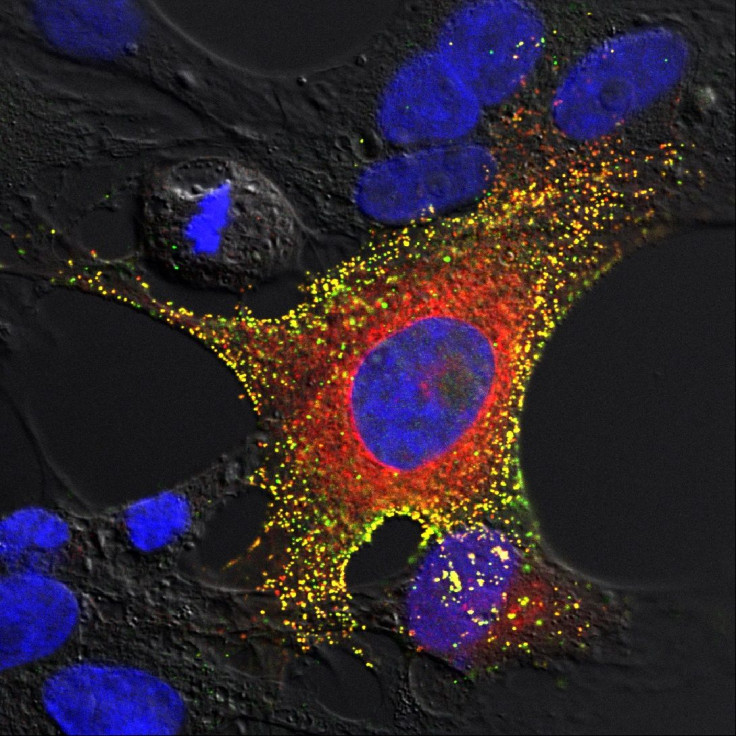CSIRO study on bat’s immune system may be key to protecting humans from deadly ailments

Even if bats are natural hosts for over 100 viruses, some lethal on humans, the nocturnal creature do not display symptoms of ailments from the viruses or even get sick. A CSIRO study found the reason behind it is the animal’s immune system which is switched on 24/7.
The research on immune systems, published in the journal Proceedings of the National Academy of Sciences (PNAS), could be a key to providing protection to humans from fatal diseases such as Ebola, Hendra virus and Middle Eastern Respiratory Syndrome (MERS) that bats host. CSIRO studied the Australian black flying fox and was surprised by the results of the research.
The study’s focus was on the role of interferons to understand the bat’s response to invading viruses. Discovered in 1957 by Alick Isaacs, a British bacteriologist, and Jean Lindenmann, a Swiss microbiologist, interferons are proteins produced by the body’s cells as a defensive response to viruses as well as fight bacterial and parasitic infections, inhibit cell division and promote or impeded cell differentiation.
Dr Michelle Baker, leading bat immunologist at the Australian Animal Health Laboratory of CSIRO, explains that a complicated set of immune responses are triggered when the body encounters foreign organisms, such as a virus or bacteria. It is innate immunity, a defense mechanism. In their study, the team found that bats only have three interferons but the number is sufficient to control viral infections which could kill people.
Bats could do that even with a lower number of interferon which are just about 25 percent of interferons found in humans. The bats exhibited heightened innate immune response even if it is not infected with any detectable virus.

In comparison, rodents and humans activate their immune system only as a response to an infection. The bat’s 24/7 switch on of its interferon-alpha is its front line defence against diseases, says Baker. She adds, “In other mammalian species, having the immune response constantly switched on is dangerous – for example it’s toxic to tissue and cells – whereas the bat immune system operates in harmony.”
Baker hopes science could redirect the immune responses of other species to behave in a similar way as bats. That would help protect Aussies from exotic and emerging infectious diseases. The Australian Department of Agriculture has 95 notifiable animal diseases on its roster, including African horse sickness, anthrax, camelpox, Newcastle disease (virulent) rabies and West Nile virus infection.





















